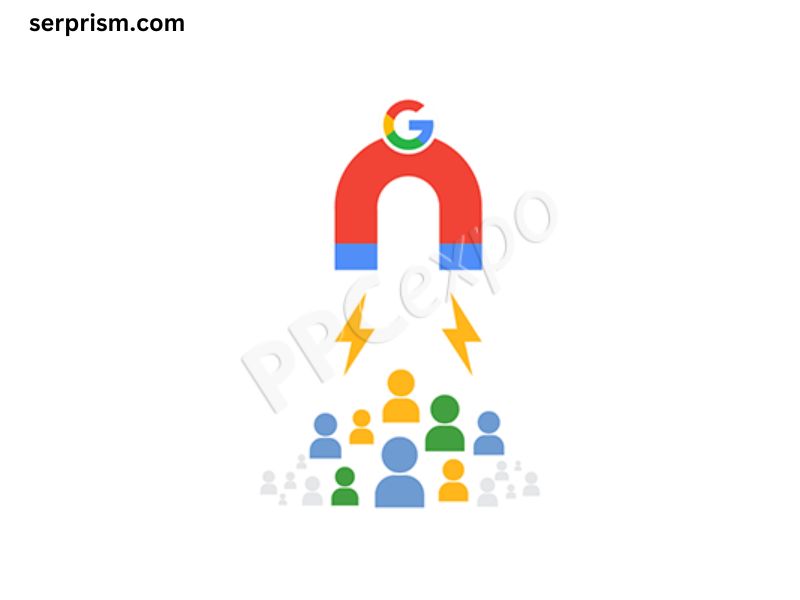
In 2015, Walmart launched a memorable advertising campaign centered around the concept of the “Drive-In” experience, cleverly showcasing the convenience and value that the retail giant offers to its customers. This campaign was not just a traditional advertisement; it represented a significant shift in how brands approached customer engagement, leveraging the blend of nostalgia, innovation, and modern shopping habits. In this article, we will explore the key elements of the Walmart Drive-In commercial, its impact on consumer perceptions, and how it reflects broader trends in the retail industry.
Concept and Execution
The Walmart Drive-In commercial was designed to evoke the charm of classic drive-in theaters, a nostalgic nod to a bygone era that resonated with many consumers. The commercial featured families arriving at a drive-in setup where they could experience Walmart’s offerings in a unique and engaging way. The setting was filled with playful elements, such as oversized snacks and creative visuals, making it visually captivating and memorable.
The commercial utilized humor and relatability to draw in viewers. It depicted families enjoying the drive-in experience, highlighting the ease of shopping at Walmart from the comfort of their vehicles. By blending entertainment with the retail experience, Walmart effectively captured the attention of its audience and communicated its brand values: convenience, affordability, and a family-friendly atmosphere.
Themes of Nostalgia and Family Connection
Nostalgia played a crucial role in the Drive-In commercial. Many viewers could relate to the drive-in culture, reminiscing about evenings spent watching movies under the stars. This emotional connection created a sense of warmth and familiarity, making the brand feel more approachable. In an age where consumers are bombarded with advertising, tapping into nostalgia allowed Walmart to differentiate itself and create a lasting impression.
The focus on family was another significant theme. The commercial featured various families enjoying the drive-in experience together, reinforcing Walmart’s position as a retailer that understands and values family dynamics. This portrayal aimed to evoke feelings of togetherness, positioning Walmart not just as a store, but as a part of family life. By emphasizing shared experiences, the brand successfully fostered a deeper emotional connection with its audience.
Innovative Use of Technology
The Walmart Drive-In campaign also showcased the brand’s commitment to innovation in retail. In an era where technology is rapidly transforming shopping habits, Walmart sought to demonstrate its adaptability and forward-thinking approach. The drive-in concept was not merely a nostalgic gimmick; it represented a broader trend toward experiential shopping.
As consumers increasingly turned to online shopping, Walmart recognized the need to bridge the gap between traditional retail and digital experiences. The Drive-In commercial emphasized the convenience of shopping from one’s car, aligning with the rise of services like curbside pickup and home delivery. By highlighting this innovative aspect, Walmart aimed to attract tech-savvy consumers looking for efficient shopping solutions.
Impact on Consumer Perception
The Drive-In commercial had a significant impact on how consumers perceived Walmart. By positioning itself as a brand that values family and convenience, Walmart sought to combat some of the negative stereotypes associated with big-box retailers. Historically, Walmart faced criticism regarding its impact on local businesses and community dynamics. The Drive-In campaign was a strategic move to reshape this narrative, focusing on positive experiences rather than controversies.
In addition, the commercial helped to enhance Walmart’s image as a retailer that is in touch with modern consumer needs. By embracing innovation and technology, Walmart signaled to its audience that it was evolving alongside changing shopping habits. This shift in perception was crucial, especially as competition from online retailers like Amazon intensified.
Broader Trends in Retail Advertising
The Walmart Drive-In commercial is part of a larger trend in retail advertising that emphasizes experiential marketing. As consumers become more discerning and seek deeper connections with brands, retailers are increasingly focusing on creating memorable experiences rather than simply promoting products. This shift reflects a broader understanding that consumers today value engagement and connection over traditional advertising messages.
Experiential marketing aims to create an emotional bond between consumers and brands. By providing unique and enjoyable experiences, retailers can foster loyalty and encourage repeat business. The Drive-In commercial exemplified this approach, transforming a mundane shopping experience into an entertaining and memorable event.
Moreover, the integration of nostalgia in advertising has become a powerful tool for brands across various industries. By tapping into consumers’ fond memories, companies can evoke positive emotions that influence purchasing decisions. The Walmart Drive-In commercial effectively harnessed this strategy, appealing to both young families and older generations who grew up with the drive-in culture.
Conclusion
The Walmart Drive-In commercial of 2015 stands as a testament to the evolving landscape of retail advertising. By blending nostalgia, family connection, and innovative technology, Walmart successfully created a campaign that resonated with consumers on multiple levels. The commercial not only reinforced the brand’s commitment to convenience and affordability but also helped reshape perceptions of Walmart in a competitive market.
As the retail industry continues to adapt to changing consumer preferences, the lessons from the Drive-In campaign remain relevant. Emphasizing experiences, fostering emotional connections, and embracing innovation are crucial for brands seeking to thrive in an increasingly dynamic marketplace. The Walmart Drive-In commercial serves as an exemplary case of how a well-executed advertising strategy can elevate a brand and create lasting impressions in the minds of consumers.




